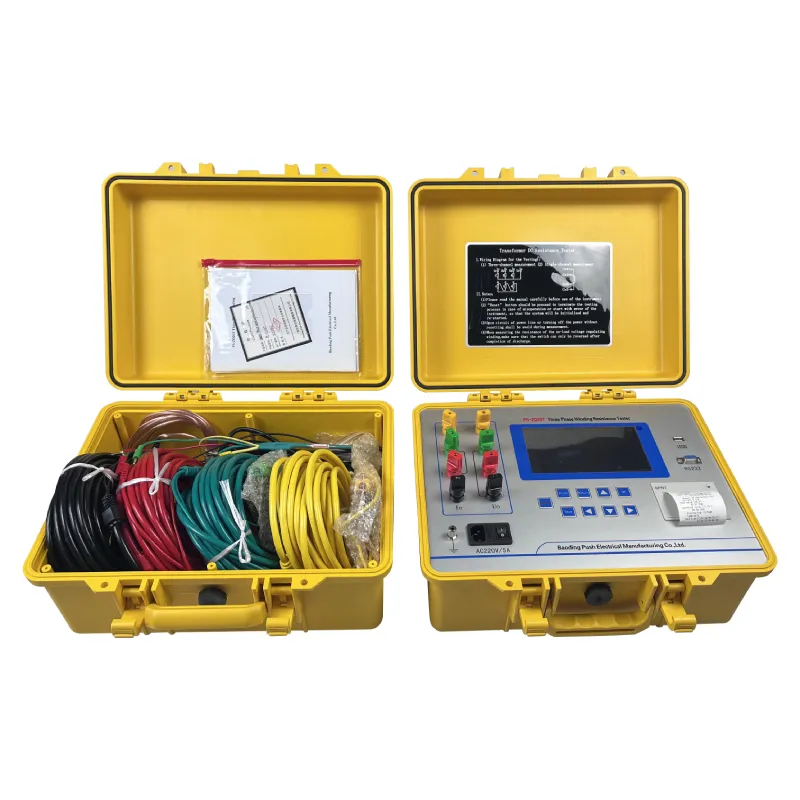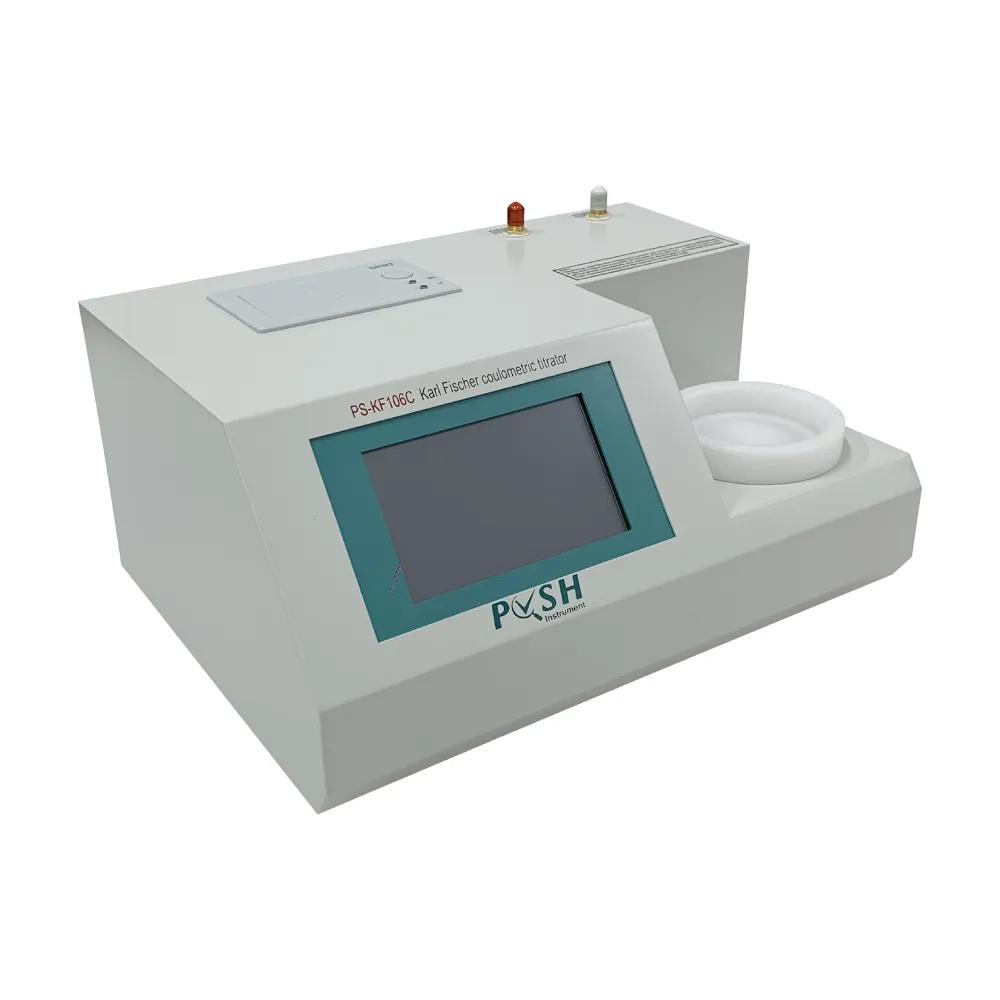TEL:
+86-0312-3189593
 English
English

Telephone:0312-3189593

Email:sales@oil-tester.com

-
 Afrikaans
Afrikaans -
 Albanian
Albanian -
 Amharic
Amharic -
 Arabic
Arabic -
 Armenian
Armenian -
 Azerbaijani
Azerbaijani -
 Basque
Basque -
 Belarusian
Belarusian -
 Bengali
Bengali -
 Bosnian
Bosnian -
 Bulgarian
Bulgarian -
 Catalan
Catalan -
 Cebuano
Cebuano -
 China
China -
 China (Taiwan)
China (Taiwan) -
 Corsican
Corsican -
 Croatian
Croatian -
 Czech
Czech -
 Danish
Danish -
 Dutch
Dutch -
 English
English -
 Esperanto
Esperanto -
 Estonian
Estonian -
 Finnish
Finnish -
 French
French -
 Frisian
Frisian -
 Galician
Galician -
 Georgian
Georgian -
 German
German -
 Greek
Greek -
 Gujarati
Gujarati -
 Haitian Creole
Haitian Creole -
 hausa
hausa -
 hawaiian
hawaiian -
 Hebrew
Hebrew -
 Hindi
Hindi -
 Miao
Miao -
 Hungarian
Hungarian -
 Icelandic
Icelandic -
 igbo
igbo -
 Indonesian
Indonesian -
 irish
irish -
 Italian
Italian -
 Japanese
Japanese -
 Javanese
Javanese -
 Kannada
Kannada -
 kazakh
kazakh -
 Khmer
Khmer -
 Rwandese
Rwandese -
 Korean
Korean -
 Kurdish
Kurdish -
 Kyrgyz
Kyrgyz -
 Lao
Lao -
 Latin
Latin -
 Latvian
Latvian -
 Lithuanian
Lithuanian -
 Luxembourgish
Luxembourgish -
 Macedonian
Macedonian -
 Malgashi
Malgashi -
 Malay
Malay -
 Malayalam
Malayalam -
 Maltese
Maltese -
 Maori
Maori -
 Marathi
Marathi -
 Mongolian
Mongolian -
 Myanmar
Myanmar -
 Nepali
Nepali -
 Norwegian
Norwegian -
 Norwegian
Norwegian -
 Occitan
Occitan -
 Pashto
Pashto -
 Persian
Persian -
 Polish
Polish -
 Portuguese
Portuguese -
 Punjabi
Punjabi -
 Romanian
Romanian -
 Russian
Russian -
 Samoan
Samoan -
 Scottish Gaelic
Scottish Gaelic -
 Serbian
Serbian -
 Sesotho
Sesotho -
 Shona
Shona -
 Sindhi
Sindhi -
 Sinhala
Sinhala -
 Slovak
Slovak -
 Slovenian
Slovenian -
 Somali
Somali -
 Spanish
Spanish -
 Sundanese
Sundanese -
 Swahili
Swahili -
 Swedish
Swedish -
 Tagalog
Tagalog -
 Tajik
Tajik -
 Tamil
Tamil -
 Tatar
Tatar -
 Telugu
Telugu -
 Thai
Thai -
 Turkish
Turkish -
 Turkmen
Turkmen -
 Ukrainian
Ukrainian -
 Urdu
Urdu -
 Uighur
Uighur -
 Uzbek
Uzbek -
 Vietnamese
Vietnamese -
 Welsh
Welsh -
 Bantu
Bantu -
 Yiddish
Yiddish -
 Yoruba
Yoruba -
 Zulu
Zulu
Jan . 14, 2025 11:00
Back to list
dc dielectric test
The 1816 dielectric test is a critical benchmark in the realm of electrical engineering, especially pertinent for industries reliant on innovative electronic components. This specific test is designed to ensure the reliability and safety of electrical devices by examining their insulating capabilities under high-stress conditions. In the ever-evolving landscape of electrical devices, maintaining the integrity of insulation is paramount.
From an authoritative standpoint, adhering to the 1816 dielectric test signifies compliance with international safety standards. This compliance is vital for organizations looking to distribute their electrical products globally. The test is often mandated by industry standards such as those from the International Electrotechnical Commission (IEC), underscoring its significance in achieving a product's certification. As such, companies that incorporate these standards into their testing protocols are recognized as leaders in not only innovation but also in the commitment to safety and quality control. Trustworthiness is a significant outcome of regular 1816 dielectric testing. Consumers and business partners alike gain confidence in products that have been rigorously tested and proven to meet high standards of safety and performance. This trust translates to brand loyalty and can significantly impact a company's market position. Moreover, it reinforces the manufacturer's commitment to delivering products that not only meet but exceed consumer expectations in terms of safety. In conclusion, the 1816 dielectric test is more than a regulatory requirement; it is a strategic tool used to innovate, assure quality, and build trust. Its integration into the product development process reflects a deep-seated commitment to excellence, instilling confidence both within the company and in the wider market. Companies that excel in the application of this test demonstrate not only technical proficiency but also an unwavering dedication to advancing electrical safety and performance standards. As technological demands increase, the role of dielectric testing continues to evolve, ensuring that safety and reliability remain at the forefront of electronic design and manufacturing.


From an authoritative standpoint, adhering to the 1816 dielectric test signifies compliance with international safety standards. This compliance is vital for organizations looking to distribute their electrical products globally. The test is often mandated by industry standards such as those from the International Electrotechnical Commission (IEC), underscoring its significance in achieving a product's certification. As such, companies that incorporate these standards into their testing protocols are recognized as leaders in not only innovation but also in the commitment to safety and quality control. Trustworthiness is a significant outcome of regular 1816 dielectric testing. Consumers and business partners alike gain confidence in products that have been rigorously tested and proven to meet high standards of safety and performance. This trust translates to brand loyalty and can significantly impact a company's market position. Moreover, it reinforces the manufacturer's commitment to delivering products that not only meet but exceed consumer expectations in terms of safety. In conclusion, the 1816 dielectric test is more than a regulatory requirement; it is a strategic tool used to innovate, assure quality, and build trust. Its integration into the product development process reflects a deep-seated commitment to excellence, instilling confidence both within the company and in the wider market. Companies that excel in the application of this test demonstrate not only technical proficiency but also an unwavering dedication to advancing electrical safety and performance standards. As technological demands increase, the role of dielectric testing continues to evolve, ensuring that safety and reliability remain at the forefront of electronic design and manufacturing.
Latest news
-
Testing Equipment Industry Sees Major Advancements in 2025: Smart & Precision Technologies Lead the WayNewsJun.06,2025
-
Applications of Direct Current Generators in Renewable Energy SystemsNewsJun.05,2025
-
Hipot Tester Calibration and Accuracy GuidelinesNewsJun.05,2025
-
Digital Circuit Breaker Analyzer Features and BenefitsNewsJun.05,2025
-
Benefits of Real-Time Power Quality Monitoring Devices for Industrial EfficiencyNewsJun.05,2025
-
Earth Fault Loop Testing in High-Rise Building Electrical SystemsNewsJun.05,2025



